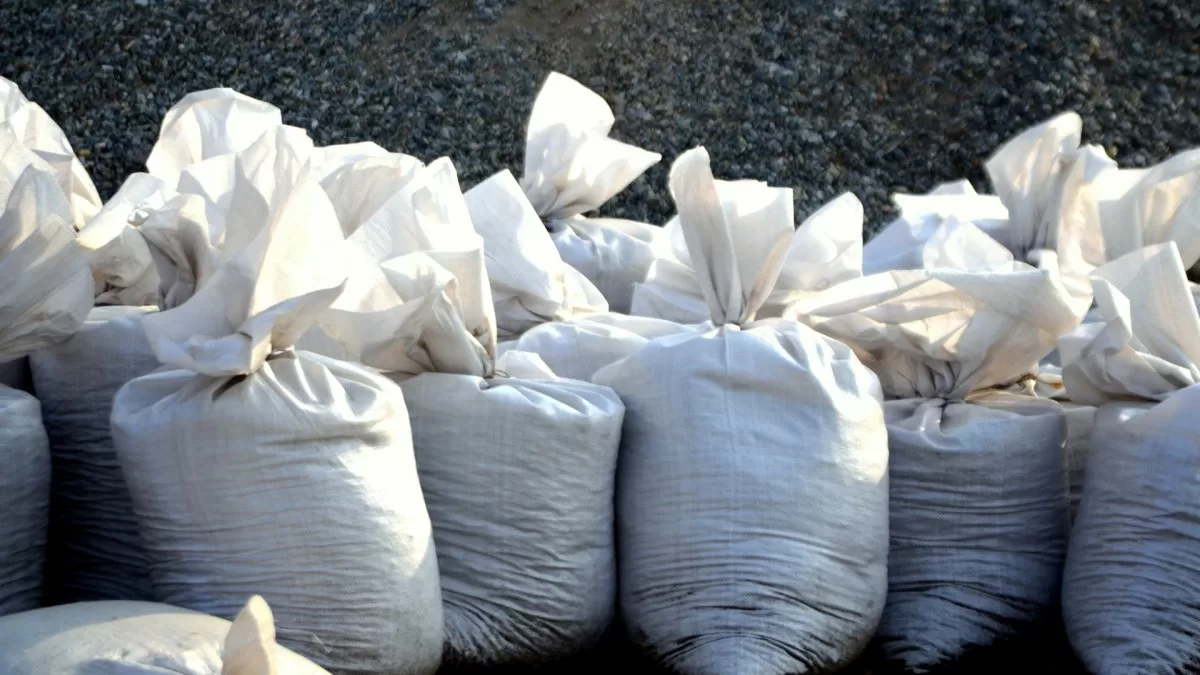Making movies is not easy. The process of producing a film lasts years, demands a lot of work, several professionals, bureaucracy and, mainly, money. When you don’t have support and budget, the fruit of an important cultural movement is born: guerrilla cinema.
Guerrilla cinema is a movement that was born way back in the 1960s, gaining strength in Latin America. Through him, many film productions were possible, even with difficulties.
If you’ve never heard of this term or don’t know very well what it means, what Canaltech will tell you more about about him. For this, we spoke with professor and film critic Sihan Felix, who shared with us all his knowledge in the area to better understand what guerrilla cinema is and why the subject is so important.
What is guerrilla cinema?
According to Sihan Felix, guerrilla cinema is a term used to designate independent productions with extremely low budgets, often filmed even without authorization from institutions and government bodies.
“These films tend to have a critical and contesting approach, denouncing oppression, exploitation and social inequality, in addition to defending ideals of justice and egalitarianism. The term ‘guerrilla’ refers to the fact that these films are often produced in clandestinely, without support, without sponsorship and with the participation of a reduced and engaged team”, he explains.
Characteristics
One of the main characteristics of guerrilla cinema is the low budget, and this means that the films are recorded with the money of those involved, since there is no external investment. With that, production does not involve large studios and distributors, as explained by Sihan.
The professor also highlights political engagement and creative freedom in relation to the film’s narrative, in addition to aesthetics, as the main characteristics of the movement. From that point on, the production “used to challenge the aesthetic and narrative conventions of traditional cinema, exploring new forms of artistic expression”.
In guerrilla cinema, there is also no industrial hierarchy and the work takes place with a small team. Without sets or studios, the recordings take place in real locations, which makes the film more authentic and reminiscent of documentaries. These features also result in simpler technical features and cameras, in addition to more natural lighting, depending mainly on daylight.
The distribution of films originating from guerrilla cinema is alternative, and they can be shown both on streaming platforms, such as Vimeo and YouTube itself, as well as in independent festivals and film clubs.
Sihan points out that not every guerrilla film will have all these characteristics, and that not every production necessarily needs to have all of them to be a guerrilla film. “It will depend on the historical, social and cultural context in which it was produced”, explains the critic.
It is also important to reinforce that not all independent cinema is guerrilla cinema, but all guerrilla cinema is independent cinema. In the United States, for example, independent cinema is made with financial resources.
There are other terms that can be confused with guerrilla cinema, such as underground, which consists of more challenging and experimental films. More associated with the counterculture, they are more common in the US and Europe.
There is also auteur cinema, which has a broader expression, as explained by Sihan Felix: “It essentially reflects the personal vision and aesthetics of the person directing the work and are produced independently and on a low budget”.
Felix also explains that the term that comes closest to guerrilla cinema is marginal cinema, “used to refer to films produced outside the dominant production system and which is often associated with social and political movements”. Just like guerrilla cinema, the marginal is also made with money from your own pocket.
Origins of Guerrilla Cinema Cinema
Sihan Felix explains that the term guerrilla cinema reflects its clandestine and committed origin. “The 1960s were a period of political, social and cultural transformations all over the world, especially in Latin America. We were entering a military dictatorship here, for example”, explains the professor.
“While some countries were going through processes of struggle for independence and affirmation of their cultural identities, cinema was becoming an important tool of expression and mobilization, allowing independent filmmakers to produce works that portrayed the social and political reality of their people, and contest the events. This ‘guerrilla cinema’ emerged in this context, as a form of resistance”, he adds.
The importance of guerrilla cinema
Guerrilla cinema is extremely important for the sociocultural system. Sihan explains that, through him, “marginalized voices and non-hegemonic perspectives are represented on screen, expanding the diversity of points of view and contributing to the construction of a more plural and inclusive culture”.
By presenting to the public relevant political and social issues, through guerrilla cinema there is the mobilization of civil society for important issues. “It gives voice to marginalized groups and individuals, and can contribute to building a more democratic and inclusive culture”, says Felix. “It can record important historical moments and rescue the memory of struggles and resistance that otherwise could be forgotten or erased”.
References
Sihan cites some examples of films that represent guerrilla cinema, such as The time of the ovens, by Fernando Solanas and Octavio Getino. The film denounces the oppression and exploitation of the Argentine people.
Other good examples are the movies Memories of Underdevelopmentby Tomás Gutiérrez Alea, and Earth in Tranceby Glauber Rocha.

How to support guerrilla cinema?
Sihan explains that support for guerrilla cinema can be done not only by watching the films, but also by promoting them to increase exposure and create demand. In addition, it is possible to attend independent film festivals when there is an opportunity, in addition to purchasing these productions when they are on sale, or even contributing to fundraising.
Volunteering can also be a good option. “Volunteering for a production can be very enriching for those who produce and for those who volunteer. And you don’t have to volunteer just for filming. There’s a lot to be done in post-production, for promotion and everything else. Any help is appreciated. always very welcome”, says Sihan.
“By supporting guerrilla cinema, you are supporting a multiplicity of voices and perspectives, and helping to create a space for stories that are often ignored”, he adds.



